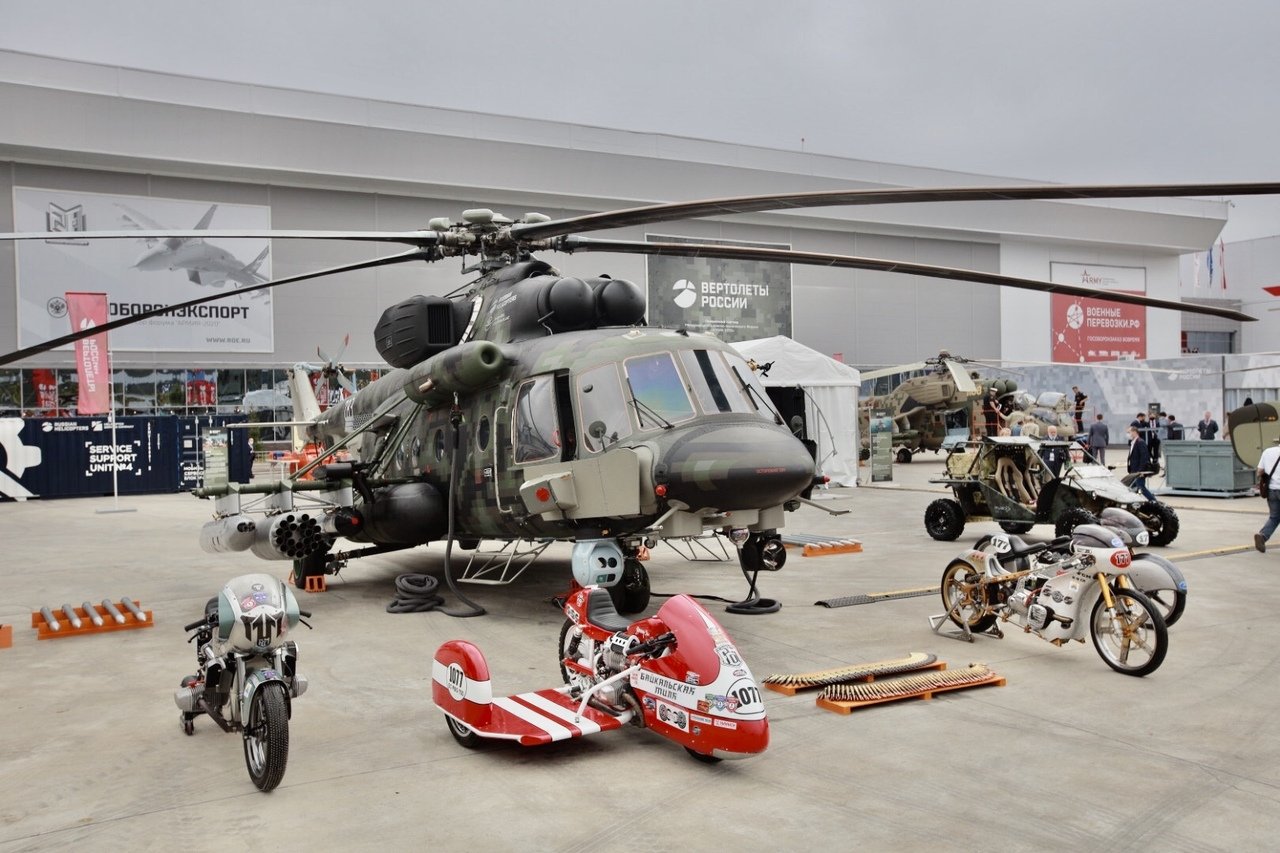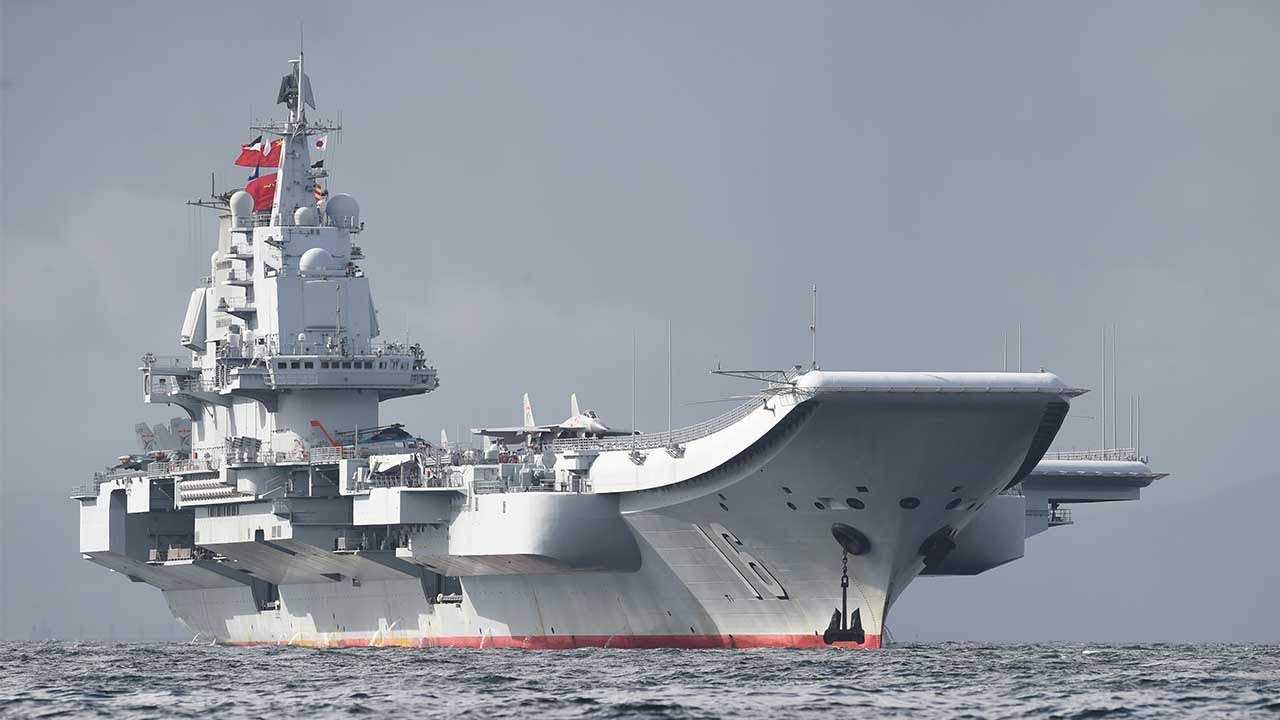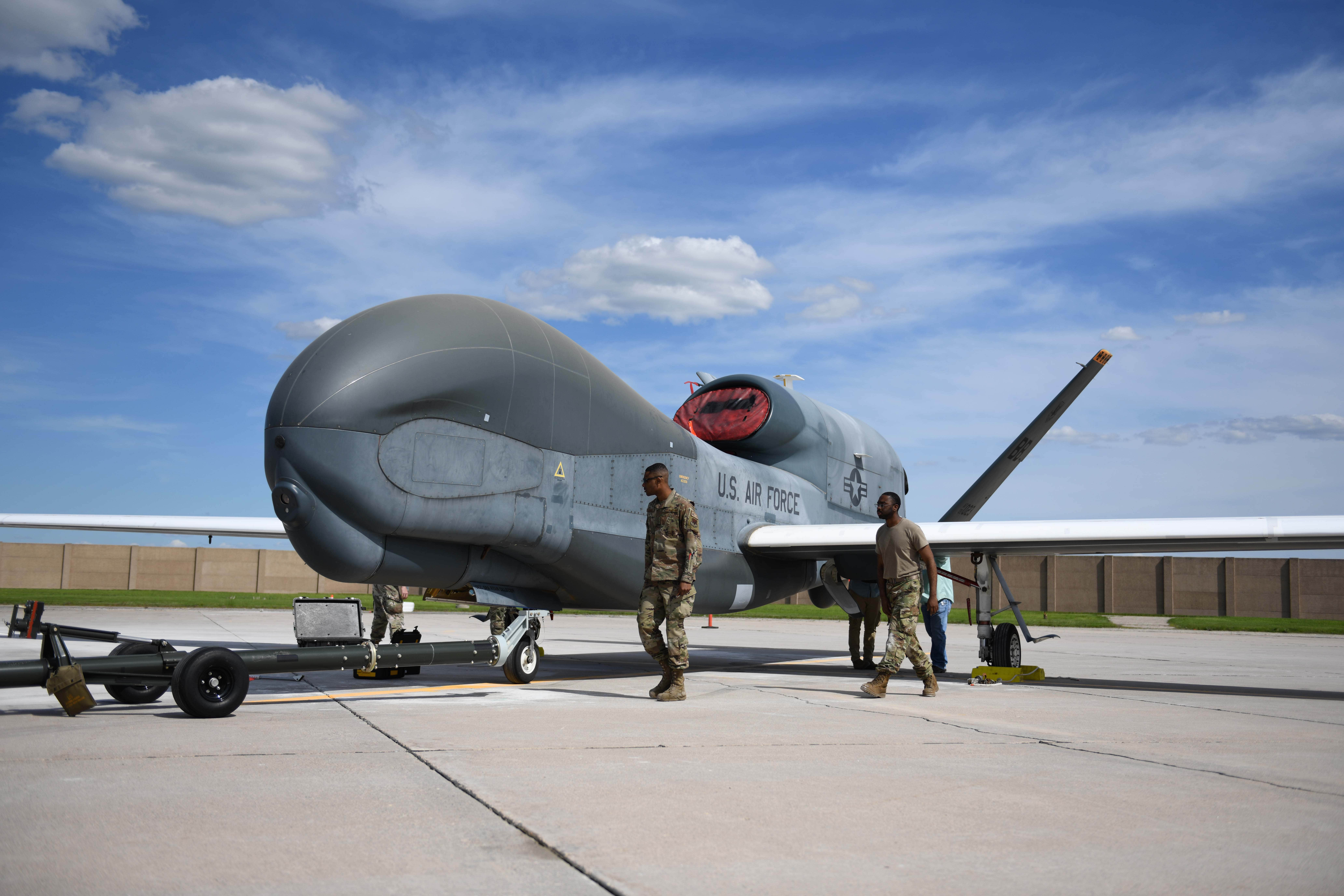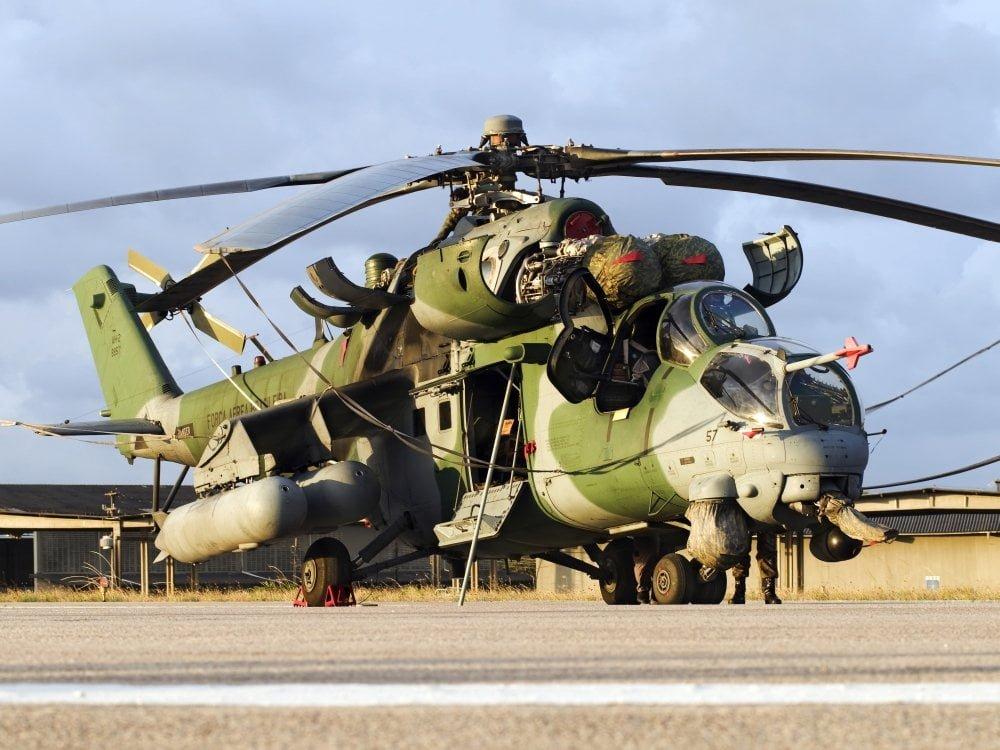One of Russia’s most terrifying weapons in the Ukraine war has been turned against its very own military. The Ukrainian armed forces have employed a captured Russian TOS-1A thermobaric multiple launch rocket system (MLRS) against the Russian forces.
A video has emerged on social media showing a TOS-1A system moving in one of the areas in the eastern Ukrainian region. According to reports, the footage was shot in Bakhmut.
Russia has widely used thermobaric weapons in its military operation in Ukraine. They are infamous for the widespread devastation they create due to their ability to tear through human organs.
However, Ukrainian forces have managed to destroy and even capture some of the Russian TOS-1A systems..
According to the figures compiled by the military tracking blog Oryx based on visual confirmations, the Russian forces have lost up to five TOS-1A systems, and one system has suffered some damage.
Of these, the Ukrainian forces have seized four, and two are in damaged condition. The latest documented Ukrainian seizures of TOS-1A systems happened on April 1, when two of these systems were captured, both in damaged condition.
The Ukrainian forces captured the other two in early and mid-March last year. It is unclear which of these systems has been deployed by the Ukrainian forces in combat. However, to have TOS-1A MLRS in its arsenal is a significant improvement in firepower for the Ukrainian military.
The TOS-1A Thermobaric MLRS
The TOS-1A is a Soviet-era Multiple Launch Rocket System (MLRS) system capable of firing thermobaric warheads. The surface-to-surface missile was first designed in the 1980s to attack fortified positions and destroy light armored vehicles.
The system’s components include a BM-1 combat vehicle and a modified T-71A tank chassis fitted with a rotating rocket launcher on the top of the tank. It can store 24 unguided thermobaric rockets fired in up to 12 seconds.

The TOS1-A is supported by TZM-5 re-supply vehicles. Each re-supply vehicle can carry up to 24 rockets and 400 liters of fuel.
The TOS-1A can fire two rockets – the MO.1.01.04 and the MO.1.01.04M. The first rocket measures 3300mm in length and 173 kilograms in weight, while the second is 3700mm long and weighs 217 kilograms. Missiles can be fired at a distance of up to 12 kilometers.
Thermobaric bombs, also called fuel-air bombs, are far more destructive than conventional explosives. They work in two stages. When a charge is deployed, the first blast sprays a highly flammable fuel vapor throughout the surrounding area.
A second blast ignites the vapor cloud in the air, resulting in a colossal explosion, triggering a high-temperature fireball that sucks up the oxygen in the surrounding area and creates a massive blast wave that can rip through bunkers, rupturing internal organs.
At the same time, the fireball can melt through defenses and vaporize bodies caught in the explosion. Yet, unlike cluster bombs, they are not banned under international law as long as they are not used against civilians.
The fuel-air bombs were first used by the US during the Vietnam War, dropping them by air to clear helicopter landing zones and minefields and eventually even as offensive weapons.

Also, in 2002 while trying to hunt down Osama Bin Laden in the mountains of Tora Bora, US aircraft fired precision-guided missiles tipped with thermobaric warheads. These warheads would suck the oxygen out of the caves where Taliban fighters were hiding.
Following the lead of the US, the Soviet Union also reportedly adopted thermobaric weapons, using them during a border skirmish with China in 1969 and employing both air-dropped and ground-launched FAEs on a large scale during the war in Chechnya.
In the 1980s, the Soviet Union developed TOS-1A MLRS capable of firing thermobaric warheads to attack fortified positions and destroy armored vehicles.
A TOS-1 blast generates a pressure of 30.02 kilograms per square centimeter, double the amount of pressure generated by conventional bomb blasts.

Russian Orlan-10 UAV footage reportedly of TOS-1A thermobaric MLRS strikes on Ukrainian positions.
People near the center of a TOS-1 blast radius are crushed to death. It also sucks the air out of victims’ lungs, possibly causing them to collapse, leading to death by suffocation.
The UK’s Ministry of Defense first confirmed using the TOS-1A weapons system in Ukraine in March 2022.
Ever since, several terrifying videos have emerged on social media showing deadly detonations of the rounds from the Russian TOS-1A systems on Ukrainian positions.





